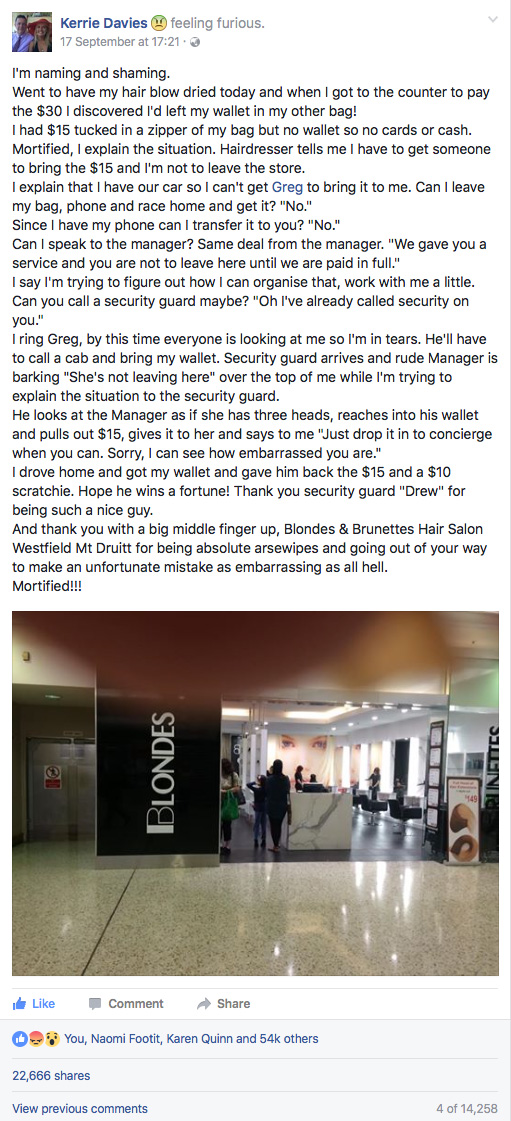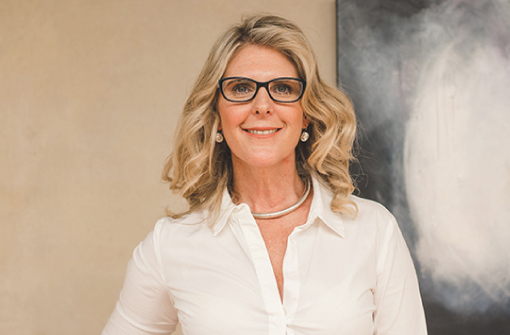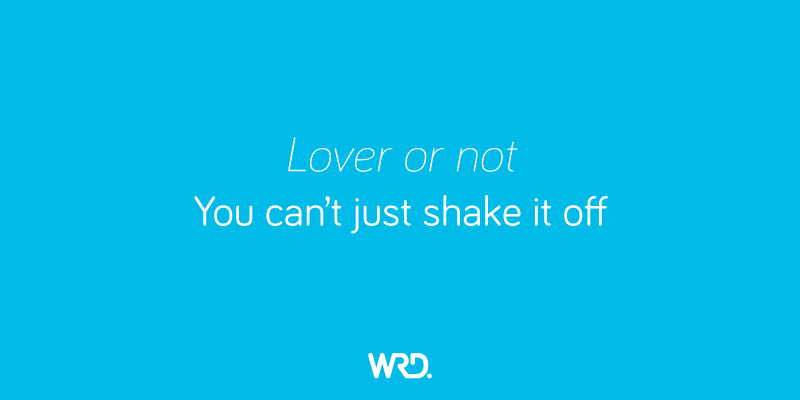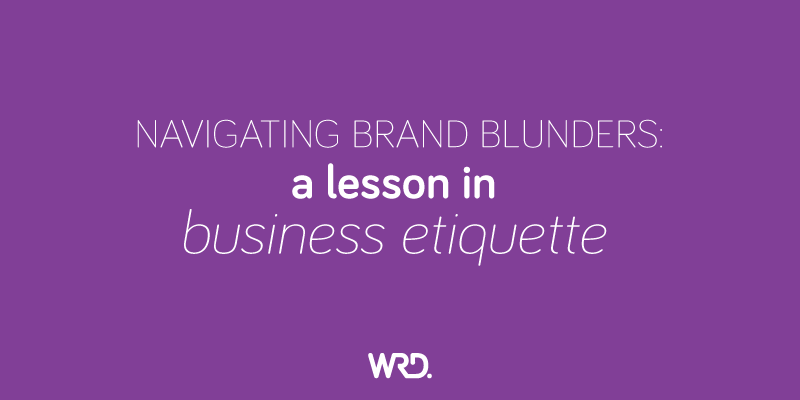It spread through social media faster than a bushfire on a windy day.
One bad customer experience resulted in a social media onslaught that has literally seen the overnight tumbling of a hairdressing franchise.
Kerrie Davies, editor of the Nepean News, was furious after being treated like a criminal at a local salon where she went to get her hair blow dried. She took to social media to vent her frustrations, not realising that her post would go viral. In fact, it was shared over 22,666, had 54,324 reactions and 14,258 comments, getting her story onto the news, in the newspaper, magazines and radio.
So what caused all of this fuss? To put it in a nutshell, it was bad customer service! Customer service that has resulted in the offending salon and head office removing their social media pages as the country – in fact, the world, voiced their dislike for how they treated their client.
The drama all started when Kerrie realised at the time of paying that she had left her wallet in another handbag which was at home – we’ve all been there! Kerrie had $15 tucked away in the bag she had but was still $15 short. Read what went down…

Brand experience is one of the most critical components of your business as this is what creates a memory for the client. Sadly for Blondes and Brunettes, this bad brand experience has not only reminded past clients of their bad experiences but has also left a bad taste in everyone’s mouth about the possible service that they will receive if they go to their salons.
I think that we can all quite clearly see what went wrong, but I’d like to take a look at how they could have managed the situation better which could have resulted in a far more pleasant outcome. Let’s take Drew the security guard for example.
Not only did he defuse the situation, but he managed it in such a way that he became the hero. From what I have heard, this is just how Drew operates. He is a problem solver, a thinker and an all-around good guy. He probably didn’t think twice about handing over his own $15 to defuse the situation, and certainly wouldn’t have thought that his simple act of kindness and common sense would result in him being one of the most hailed security guards in Australia!
How to manage brand expectations with customer service
1. Systems are good but common sense is better
It’s great to have systems in place as this ensures that the brand experience you give is consistent no matter which staff member is delivering it. However, if the system is not a good one, then it needs to change. In this case, the staff had been told not to allow anyone to leave their store if they have not paid. Fair enough. However it is illegal to hold someone against their will, and if they are trying to provide a solution to paying their bill you should accommodate it. In this particular case, I am sure that the bag and phone that she was prepared to leave were both worth way more than the $15 owed. The manager should have weighed up the odds and realised that for $15 it was worth the risk. I have no doubt that there is nothing in the security guards manual that suggests that they hand over their own money in such situations, but Drew was able to seize up the situation and realise that by paying the $15 himself, he can make a whole lot of pain (for everyone involved) go away.
2. Think like a customer
One of the core values that we have at White River Design is to think like a customer. How would you like to be treated? Then do that. No one would want to be held against their will, so if it’s not something you would like, then don’t do it to your clients. Now don’t get me wrong – there are some customers that are underhanded and constantly thinking of ways to get free work out of you – don’t think like those customers. Think like your good clients, the ones that give you repeat work, sing your praises and pay on time – and if they can’t, they will communicate this with you and come up with a payment plan. Drew is a great example of this. He could see how mortified Kerrie was and realised that he wouldn’t want to feel like that, so with some quick thinking, he was able to change the outcome.
3. Trust your clients
I have been told that I am far too trusting. And yes, it has bitten me on the bum a number of times, however, more often than not, it has worked in my favour to build further trust and respect with my clients. I understand that each case is unique, and in this situation, I believe that the customer was desperately trying to come up with a solution. If she was going to do a runner, she would have done so before security arrived. If the manager had given her the opportunity to leave her bag and phone and return with the $15, not only would she have been paid, but she would have probably secured herself a long-term client instead of the backlash that followed. Drew the security guard demonstrated complete trust in a stranger. He didn’t know Kerrie at all, but for $15 he was prepared to bet on the fact that she would pay him back – and he was right. We need more Drew’s in this world.
4. Be flexible
I can’t help but think that if the manager of this salon had been vaguely flexible, that between her and the client, they would have been able to come up with a solution to the problem. Being flexible does not mean giving in. It means that you are coming to a solution where both parties may have to meet half way, yet the outcome will be beneficial to both. Drew provided this flexibility. He simply handed over his own $15 with the request that when she had the money, that she simply hand it into the concierge. This was over and above what would be expected of him.
5. Be like Drew the security guard
I think that all brands can learn a lot from Drew the security guard. His quick thinking, ability to adapt and solve a problem while all the time being in control, is an amazing example to each of us running a business on how to react and behave in unusual situations. Drew has created a reputation for himself. Drew the security guard without even realising it, has his own personal brand. Go, Drew!
Written by branding specialist Debbie O’Connor
Consultant, Strategist, Keynote Speaker




